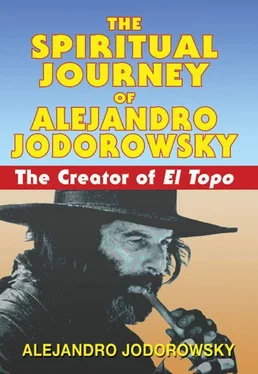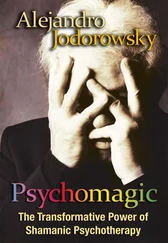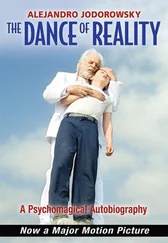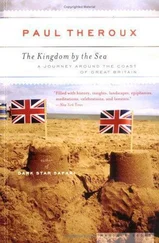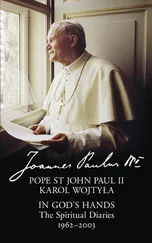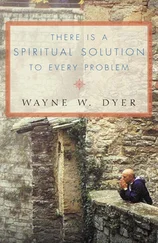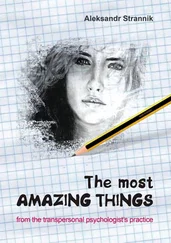Alejandro Jodorowsky
The Spiritual Journey of Alejandro Jodorowsky: The Creator of El Topo
To Marianne Costa
Magician of magicians
Mu, mu, mu, mu, mu,
Mu, mu, mu, mu, mu,
Mu, mu, mu, mu, mu,
Mu, mu, mu, mu, mu.
WU-MEN HUIKAI, 1183–1260
The ox has spoken and he has said “moo.”
A SPANISH PROVERB APPLIED TO SOMEONE WHO RARELY SPEAKS BUT UTTERS NONSENSE WHEN HE DOES

Though I have written these memoirs in novelistic style, all the people, places, events, books, and quotations by sages are real.
I was raised by a merchant father. All the wisdom he had to offer me could be summed up in two proverbs: “Buy low and sell high” and “Don’t believe in anything.” I had no teacher from whom I could learn to love myself, others, and life. From adolescence on, driven by the thirst of an explorer lost in the desert, I sought a master who could show me that there was some meaning in my useless existence. A voracious reader of literature, I found only self-absorbed and pretentious meanderings there. A very cynical phrase by Marcel Duchamp led me to flee that sterile world: “There is no finality; we construct from tautology and arrive at nothing.”
I sought consolation in books of Eastern philosophy, holding for dear life onto the notion of enlightenment or awakening . I learned that Shakyamuni Buddha awoke while meditating under a tree. According to his disciples, the holy man perceived the deepest truth by ceasing to preoccupy himself with the question of his survival after death. Twenty-eight generations later, in China, Bodhidharma sat in silence for nine years in front of a stone wall until he discovered in his consciousness that fathomless emptiness, like a pure blue sky, in which neither truth nor illusion can be distinguished. . The longing to free myself from the terror of dying, of being nothing, of knowing nothing, had dragged me implacably into a quest for this mythic awakening. Striving for silence, I ceased to be so attached to my ideas. To further this goal, I wrote all of my beliefs in a notebook, then burned it. After this, requiring calm in my intimate relationships, I shunned the vulnerability of any sort of self-abandon, always setting up aloof relationships with women, thereby protecting my individualism behind panes of ice. When I met Ejo Takata, my first true master, I wanted him to guide me to enlightenment by purifying my mind of the last illusions I had not yet succeeded in uprooting. I saw myself as conqueror of both mind and heart.
“Feelings no longer dominate me. Empty mind, empty heart.” When I solemnly proclaimed these words before my Japanese teacher, he burst into laughter, which was quite disconcerting.
Then he answered: “Empty mind, empty heart — intellectual raving! Empty mind, full heart: That is how it should be.”
This book is a story of two practices. The first, with the master, was that of taming the intellect. The second, with the magical women, was that of breaking down emotional armor so that I would finally come to see that the emptiness I longed for was a flower rooted in the ground of love.
In this book I tell the stories of four magical women, but there are three others whose portraits are absent. One is the healer ( curandera ) Pachita, whom I have previously described at length in Le Théâtre de la Guérison and La Danse de la Réalité. In these books, I tell of the life-changing experiences I had with her. Yet there is one event that I omitted from those books (perhaps out of a sense of caution). It happened when I was participating in a séance featuring one of her magical operations. The hermanito (“little brother,” Pachita’s trance-controlled personality) was about to use a hunting knife to cut into the chest of a sick man and remove his heart. The replacement heart was waiting in a large jar. (Where on earth had the sorceress found that organ? And why did we, the entranced onlookers, find it perfectly natural that she should propose curing a sick, living heart by replacing it with a dead one? A mystery.)
Suddenly, in the very midst of the dramatic operation (moving shadows, blood everywhere, a horrible stench in the air, the screams of the patient), Pachita seized the ring finger of my left hand and, with a single, swift movement, slipped a gold ring onto it. It fit perfectly, as if it was made for my finger. Without pausing to observe my reaction, she continued with the operation: she pulled a palpitating mass of bloody flesh from the man’s chest (which her son hurriedly wrapped in black paper and took away to be burned in the toilets), she placed the dead heart in the bloody wound, and she closed the wound by pressing her palms upon it. Then we rubbed the man’s chest with alcohol, noticing that there was no scar at all, just a small, triangular bruise.
I returned home, totally overwhelmed, and slept deeply. When I awoke, the ring was no longer on my finger. I spent hours searching for it in vain. What was the meaning of Pachita’s gesture? Was it some sort of spiritual marriage? Perhaps. Thanks to my relationship with her, years later, in Paris, I was able to create what I call psychomagie (psychomagic) and psychochamanisme (psychoshamanism). Did the curandera foresee that this would happen? Or was she doing something to make it happen, because she intended it to? A mystery.
Maria Sabina, the mushroom priestess, is also absent from this book’s account. How old was she when we began our dream relationship? A hundred years? Possibly more. .
I never met her in the flesh. In order to do that, I would have had to undertake a ten-hour drive into the Mazatec Sierra and then a climb through a narrow pass surrounded by dizzying precipices in order to reach Huautla.
The truth is that I had never harbored any intention of seeking out the abuelita (little grandmother), as she was known. It was she who sought me out. As I was preparing for the shooting of my movie The Holy Mountain , I had also created a marionette show, Haut les mains (Hands Up), which depicted visions produced by the seeds of a plant known colloquially as “seeds of the Virgin” ( ololiuhqui —“round thing”—in Nahuatl), a sort of natural, LSD-type hallucinogen that Toltecs and Aztecs regarded as a divinity worthy of worship.
One day, I was chewing a handful of these seeds while perched on a ladder to adjust some spotlights for the stage in the Casa de la Paz (House of Peace), and I had a vision: I saw the totality of the universe as a compact mass of light having the form of a round body in perpetual expansion, and in full consciousness. This was so powerful that I emitted a guttural cry, lost my balance, and fell from the ladder. I landed hard on my feet, dislocating both ankles. In a few hours they were very swollen, causing me great pain. After taking several sedatives, I fell asleep and dreamed I was a crippled wolf dragging two wounded hind legs. Maria Sabina appeared to me. She showed me a very large, white book surrounded by light.
“My poor animal! This book is the perfect word, the language of God. Don’t worry about knowing how to read it. Just enter its pages and merge with them.”
I moved toward the light. My whole body except for the paws of my hind legs entered it. The old woman then caressed me with such tremendous love that I woke up in tears. I saw with astonishment that my ankles were no longer swollen, and I felt not the slightest pain.
In those days I certainly did not believe that it was the Mazatec curandera herself who had literally come to heal me. I attributed her image to a construction of my unconscious, and I was gratified by my ability to heal myself alone, thanks to a therapeutic dream.
Читать дальше
